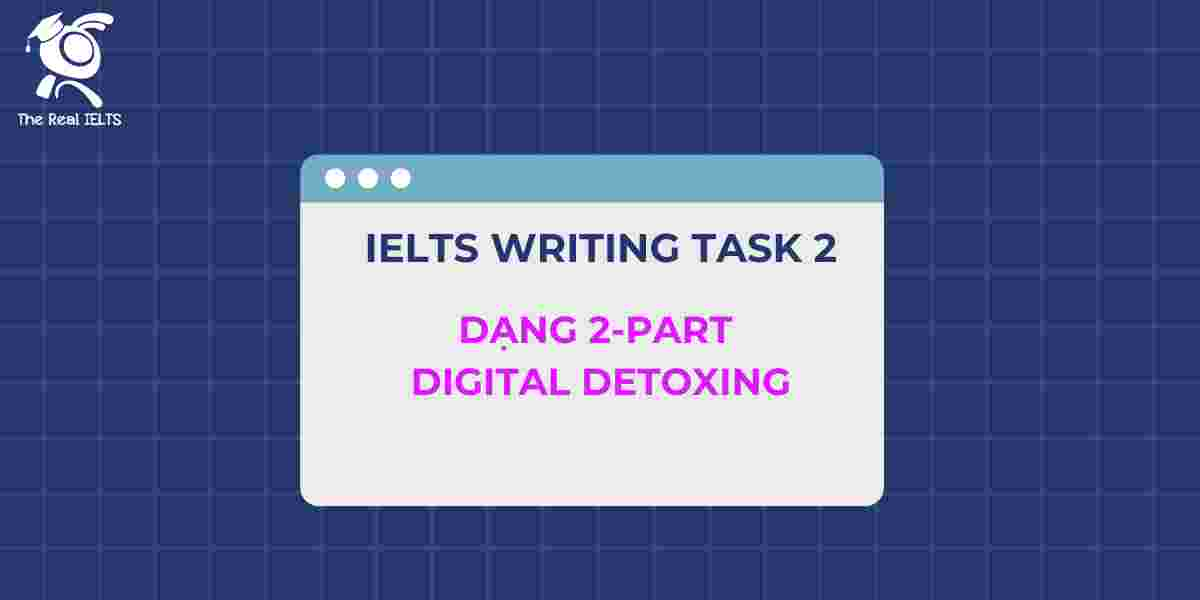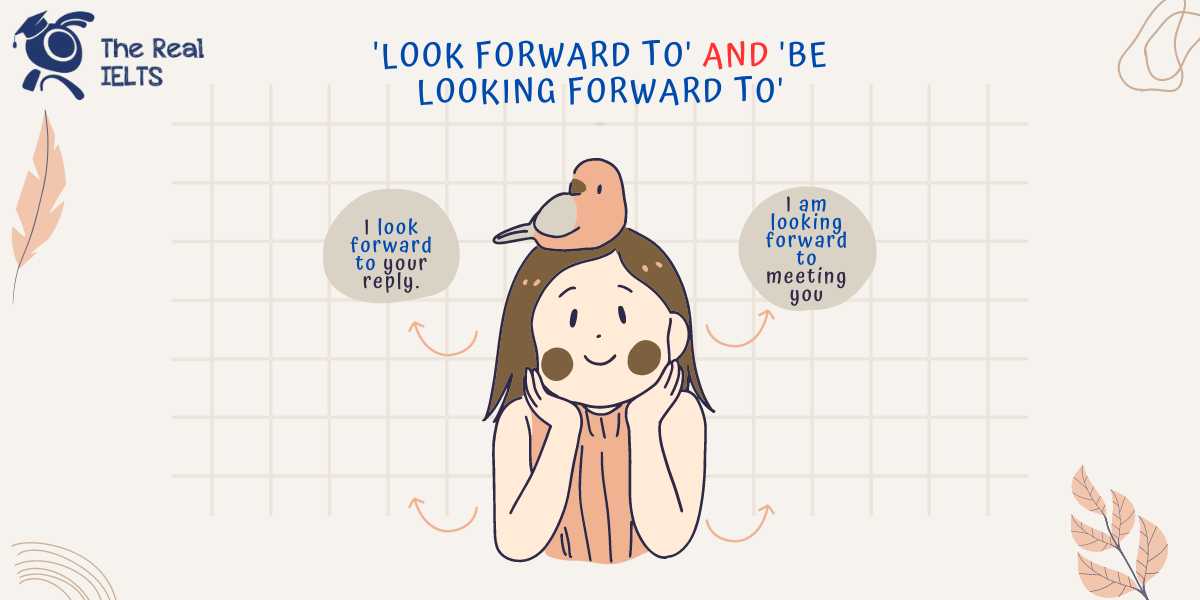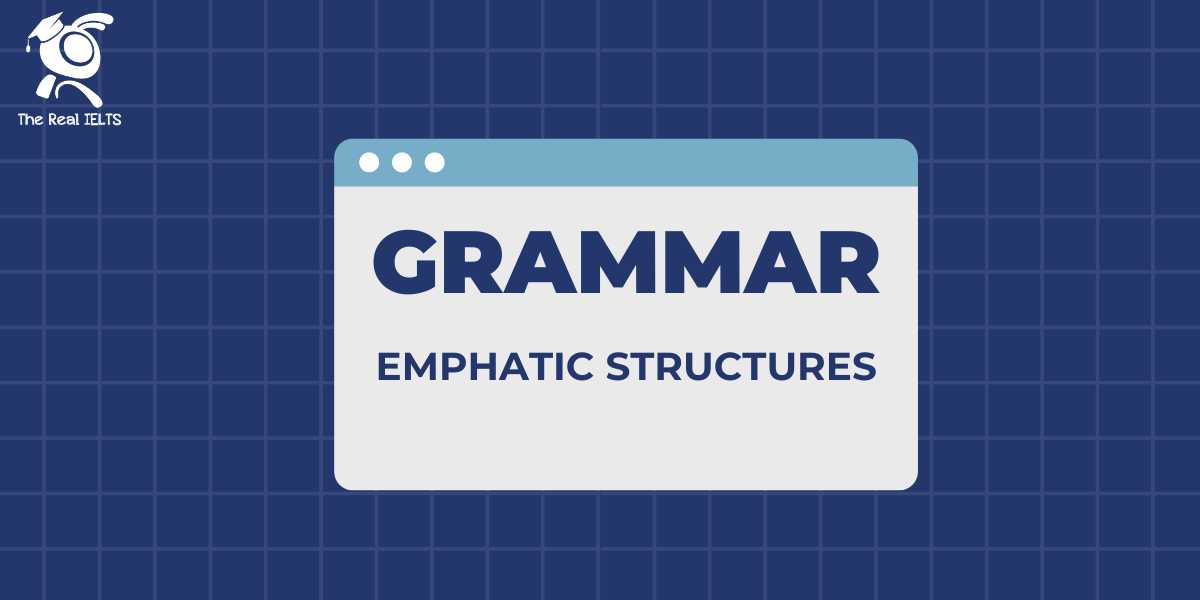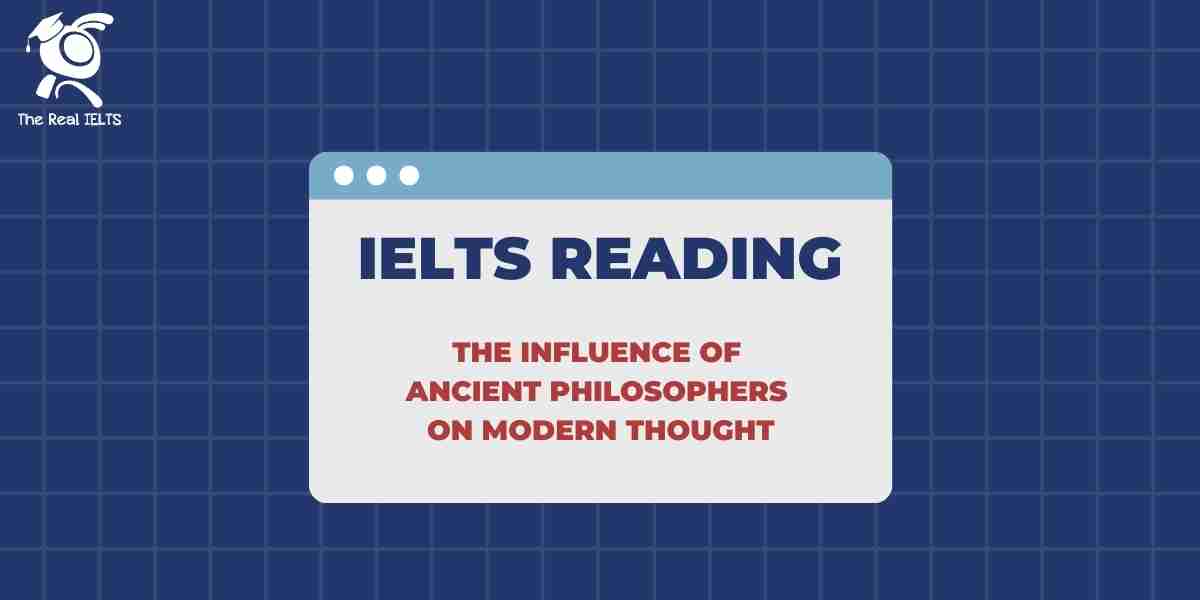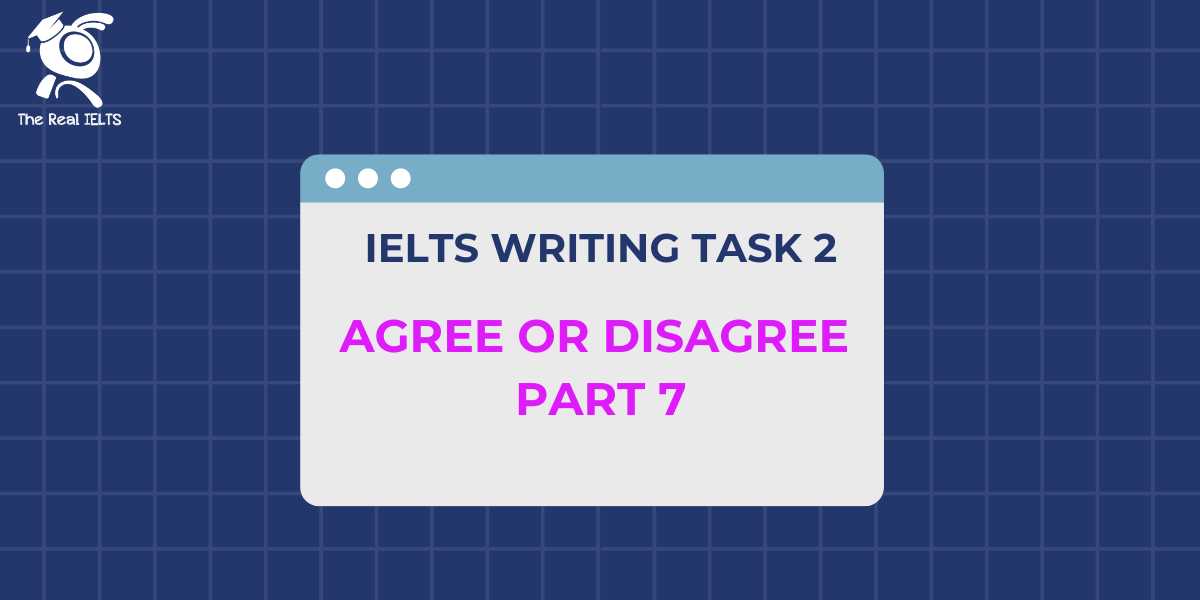Đề bài IELTS Writing task 2 dạng 2-Part digital detoxing
You should spend about 40 minutes on this task
The trend of digital detoxing is becoming more common. What are the reasons for this? How can people research this?
Write at least 250 words.
Bài mẫu IELTS Writing Task 2 dạng 2-Part
In recent years, the concept of digital detoxing—taking a break from electronic devices and social media platforms—has gained significant traction. This trend reflects growing concerns about the pervasive influence of digital technology on mental and physical well-being. While I acknowledge the value of digital detoxing, I believe that the reasons for its rising popularity and the methods for researching its effectiveness are multifaceted.
One primary reason for the increasing popularity of digital detoxing is the overwhelming presence of digital devices in daily life. Many individuals find themselves constantly connected to their smartphones, laptops, or social media platforms, leading to feelings of anxiety, stress, and even addiction. The relentless barrage of notifications, messages, and updates can create a sense of urgency that is mentally exhausting. By disconnecting from these digital distractions, people seek to reclaim their time, reduce stress, and improve their overall well-being.
Another reason behind the digital detox trend is the growing awareness of the negative impact of excessive screen time on physical health. Prolonged use of digital devices has been linked to issues such as eye strain, poor posture, and sleep disturbances. As a result, individuals are increasingly motivated to take breaks from their screens to alleviate these physical symptoms and promote healthier habits.
To effectively research the impact of digital detoxing, several approaches can be employed. Surveys and interviews with individuals who have undergone digital detoxes could provide valuable insights into their experiences, motivations, and outcomes. Additionally, longitudinal studies could be conducted to track the long-term effects of regular digital detoxing on mental health, productivity, and social relationships. Furthermore, experiments that compare the well-being of individuals who engage in digital detoxes with those who do not could offer empirical evidence of its benefits.
While I agree that digital detoxing can be beneficial, I also believe that it is important to recognize the potential drawbacks. For some individuals, disconnecting from digital devices may lead to feelings of isolation or difficulty managing daily responsibilities. Therefore, a balanced approach to digital detoxing, rather than complete withdrawal, may be more practical and sustainable for most people.
In conclusion, the trend of digital detoxing is driven by the desire to mitigate the mental and physical effects of constant connectivity. Researching this phenomenon requires a combination of qualitative and quantitative methods to fully understand its benefits and limitations. While digital detoxing can be advantageous, it is essential to approach it with a balanced perspective, considering both its potential benefits and challenges.
Thống kê cấu trúc câu và cấu trúc ngữ pháp
- Cấu trúc câu:
- Câu đơn (Simple Sentence):
- “This trend reflects growing concerns about the pervasive influence of digital technology on mental and physical well-being.”
- Câu ghép (Compound Sentence):
- “By disconnecting from these digital distractions, people seek to reclaim their time, reduce stress, and improve their overall well-being.”
- Câu phức (Complex Sentence):
- “While I acknowledge the value of digital detoxing, I believe that the reasons for its rising popularity and the methods for researching its effectiveness are multifaceted.”
- Câu ghép phức (Compound-Complex Sentence):
- “To effectively research the impact of digital detoxing, several approaches can be employed.”
- Câu đơn (Simple Sentence):
- Cấu trúc ngữ pháp:
- Mệnh đề phụ thuộc trạng ngữ (Adverbial Clause):
- “While I acknowledge the value of digital detoxing, I believe that…”
- Mệnh đề danh ngữ (Noun Clause):
- “I believe that the reasons for its rising popularity and the methods for researching its effectiveness are multifaceted.”
- Mệnh đề quan hệ (Relative Clause):
- “individuals who have undergone digital detoxes could provide valuable insights…”
- Cụm từ hiện tại phân từ (Present Participle Phrase):
- “Leading to feelings of anxiety, stress, and even addiction.”
- Cụm từ động từ nguyên mẫu (Infinitive Phrase):
- “To effectively research the impact of digital detoxing…”
- Cụm danh từ (Noun Phrase):
- “A sense of urgency that is mentally exhausting.”
- Mệnh đề so sánh (Comparison Clause):
- “experiments that compare the well-being of individuals who engage in digital detoxes with those who do not…”
- Câu bị động (Passive Voice):
- “Longitudinal studies could be conducted…”
- Mệnh đề phụ thuộc trạng ngữ (Adverbial Clause):
Liệt kê các từ kết nối các câu và các đoạn
- Từ kết nối các câu trong đoạn:
- In recent years – Thời gian gần đây
- While – Mặc dù
- One primary reason – Một lý do chính
- By – Bằng cách
- Another reason – Một lý do khác
- As a result – Kết quả là
- Additionally – Thêm vào đó
- Furthermore – Hơn nữa
- While – Trong khi
- Từ kết nối các đoạn văn:
- In conclusion – Kết luận
- To effectively research – Để nghiên cứu một cách hiệu quả
- Therefore – Vì vậy, do đó
Các từ vựng tiếng Anh cần lưu ý trong bài viết
- Digital detoxing – Giải độc kỹ thuật số (nghỉ ngơi không sử dụng các thiết bị điện tử)
- Gained significant traction – Được chú ý đáng kể
- Pervasive influence – Ảnh hưởng lan tỏa, phổ biến
- Mental and physical well-being – Sức khỏe tinh thần và thể chất
- Overwhelming presence – Sự hiện diện áp đảo
- Constantly connected – Luôn luôn kết nối
- Social media platforms – Các nền tảng mạng xã hội
- Anxiety, stress, and even addiction – Lo âu, căng thẳng, và thậm chí nghiện
- Notifications, messages, and updates – Thông báo, tin nhắn, và cập nhật
- Mentally exhausting – Gây kiệt quệ tinh thần
- Digital distractions – Những phiền nhiễu kỹ thuật số
- Reclaim their time – Lấy lại thời gian của họ
- Excessive screen time – Thời gian sử dụng màn hình quá nhiều
- Eye strain – Căng thẳng mắt
- Poor posture – Tư thế không tốt
- Sleep disturbances – Rối loạn giấc ngủ
- Motivated – Có động lực
- Alleviate these physical symptoms – Giảm bớt các triệu chứng thể chất này
- Promote healthier habits – Thúc đẩy các thói quen lành mạnh hơn
- Surveys and interviews – Khảo sát và phỏng vấn
- Valuable insights – Những hiểu biết quý giá
- Longitudinal studies – Nghiên cứu theo chiều dọc (nghiên cứu dài hạn)
- Track the long-term effects – Theo dõi các tác động lâu dài
- Productivity – Năng suất
- Social relationships – Các mối quan hệ xã hội
- Empirical evidence – Bằng chứng thực nghiệm
- Complete withdrawal – Rút lui hoàn toàn
- Sustainable – Bền vững
- Mitigate the mental and physical effects – Giảm nhẹ các tác động về tinh thần và thể chất
- Balanced perspective – Quan điểm cân bằng
Đọc thêm về bài viết gợi ý luyện thi IELTS.


